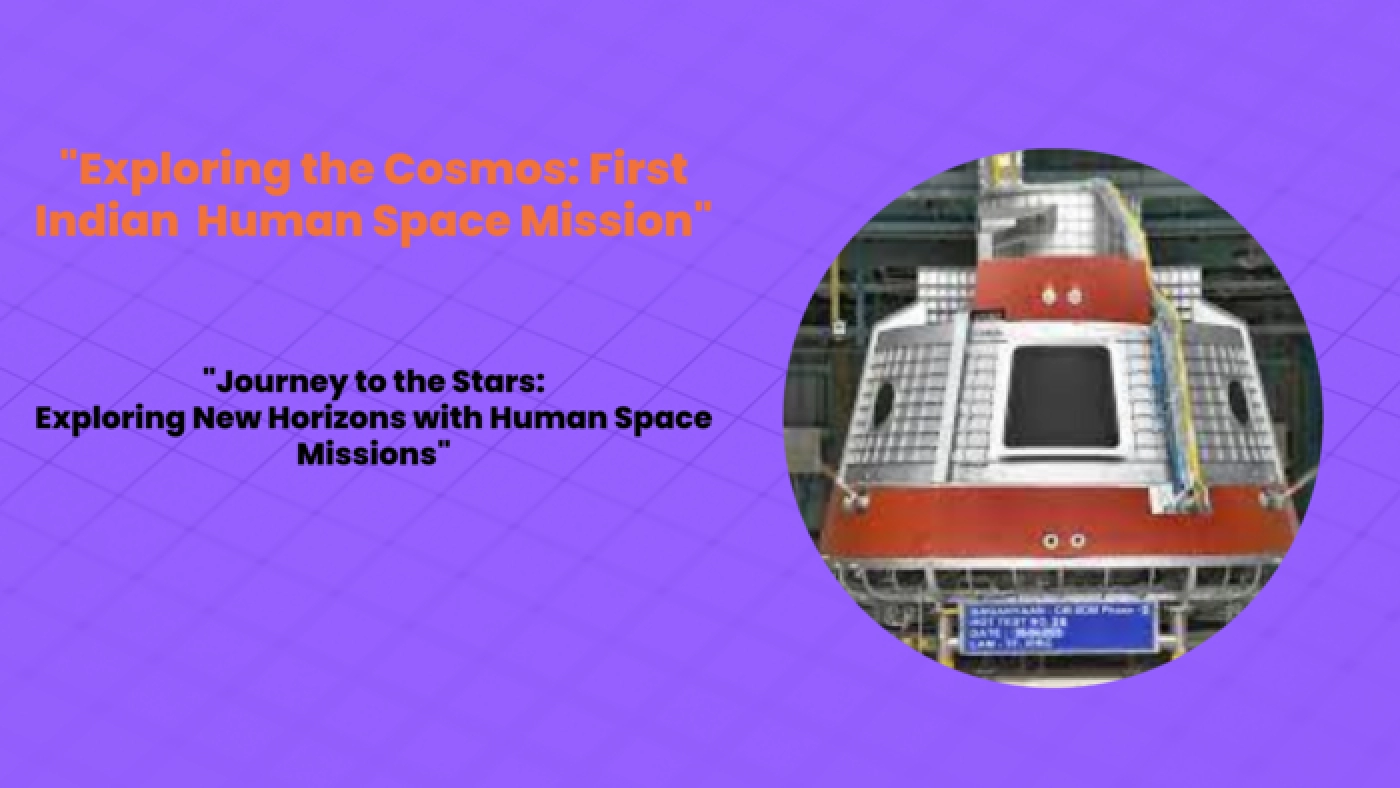Embarking on a journey beyond our planet, the Indian Space Research Organisation (ISRO) has set its sights on a remarkable goal – launching humans into space through the Gaganyaan program. At the helm of this ambitious endeavor is the Human Spaceflight Centre (HSFC), tasked with maintaining the highest standards of safety and reliability.
In this article, we’ll delve into the intricate details of the Gaganyaan mission, exploring the technology, challenges, and achievements that make this historic mission possible.
The Gaganyaan Mission Unveiled
The Gaganyaan project is a testament to India’s aspiration to demonstrate its human spaceflight capabilities. Its primary objective is to send a three-member crew into orbit, circling our planet at an altitude of 400 kilometers for a duration of three days before safely returning them to Earth. The anticipated splashdown will take place in the waters of the Indian Ocean.
To achieve this extraordinary feat, ISRO is harnessing its expertise while also collaborating with Indian industries, academic institutions, and leveraging international cutting-edge technologies.
The Crucial Technological Innovations
The success of the Gaganyaan mission hinges on the development of several critical technologies. These include a human-rated launch vehicle, a life support system to create a life-sustaining environment in space, emergency escape mechanisms, and comprehensive crew management aspects covering training, recovery, and rehabilitation.
Paving the Way with Demonstrator Missions
Before the historic human space mission takes flight, ISRO has meticulously planned a series of precursor missions. These missions, which include the Integrated Air Drop Test (IADT), Pad Abort Test (PAT), and Test Vehicle (TV) flights, are essential for validating the readiness of the technologies involved. These unmanned missions serve as vital steps in ensuring the safety and reliability of all systems.

The Journey of the Human Rated LVM3 – HLVM3
The cornerstone of the Gaganyaan mission is the LVM3 rocket, renowned for its reliability in launching heavy payloads. To meet the rigorous human rating requirements, ISRO has reconfigured all systems within the LVM3, resulting in the birth of the Human Rated LVM3 (HLVM3). The HLVM3 features a Crew Escape System (CES) powered by high-burn-rate solid motors, guaranteeing the safety of the crew in the event of an emergency.
Inside the Orbital Module
The Orbital Module (OM) consists of two primary components – the Crew Module (CM) and the Service Module (SM). Together, these modules will orbit Earth. The CM provides a habitable space with an environment similar to Earth for the crew. It boasts a double-walled construction, housing a pressurized metallic inner structure and an unpressurized external structure with a Thermal Protection System (TPS).
Within the CM lie crew interfaces, life support systems, avionics, and deceleration systems.
The SM, on the other hand, provides essential support to the CM while in space travel. It encompasses thermal systems, propulsion systems, power systems, avionics systems, and deployment mechanisms, ensuring the mission’s success.
New Technologies for Safety
Safety takes precedence in the Gaganyaan mission. After India moon landing ISRO is actively developing a range of new technologies, spanning engineering systems and human-centric solutions. These innovations will play a pivotal role in guaranteeing the safety and success of the mission.
Training the Pioneers of Space
Preparing astronauts for the Gaganyaan mission entails a comprehensive training program. The Astronaut Training Facility in Bengaluru serves as the training ground, offering a diverse curriculum. This includes classroom training, physical fitness training, simulator training, and flight suit training.
Astronauts undergo rigorous academic courses, delve into Gaganyaan flight systems, experience microgravity through parabolic flights, receive aero-medical training, practice recovery and survival procedures, and master flight protocols. Aero-medical training, regular flying practice, and yoga are also integral components of the training regimen.
Celebrating Milestones
The Gaganyaan mission has already achieved remarkable milestones. These include successful Cyro Stage (C25) engine qualification tests, Liquid Stage (L110) engine (VIKAS) qualification tests, static tests of the Crew Escape System (CES) motors, and propulsion characterization tests.
Conclusion
The Gaganyaan mission represents a monumental leap in India’s space exploration journey. Guided by the Human Spaceflight Center, this endeavor showcases the nation’s dedication to cutting-edge technology, rigorous testing, and comprehensive astronaut training. As we inch closer to the launch date, with each milestone achieved, India’s aspirations for human space exploration come one step closer to reality.

 Cart is empty
Cart is empty 